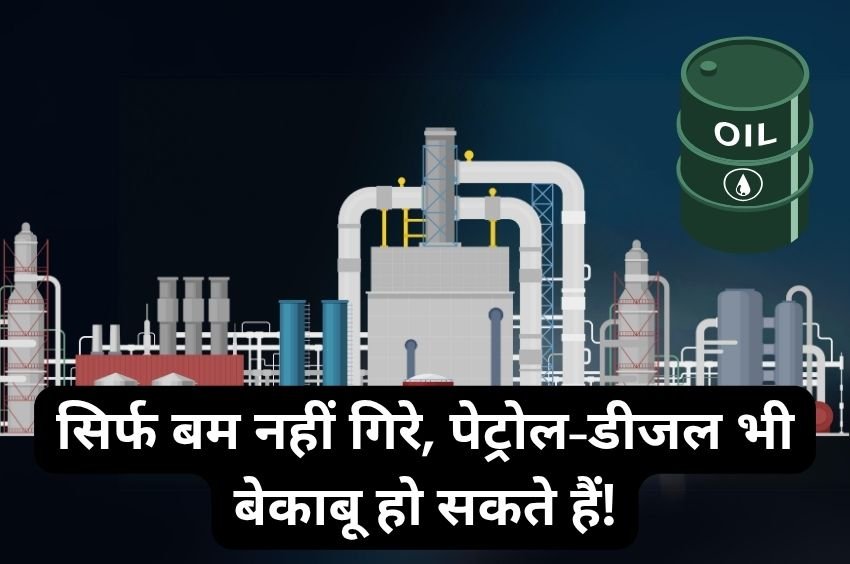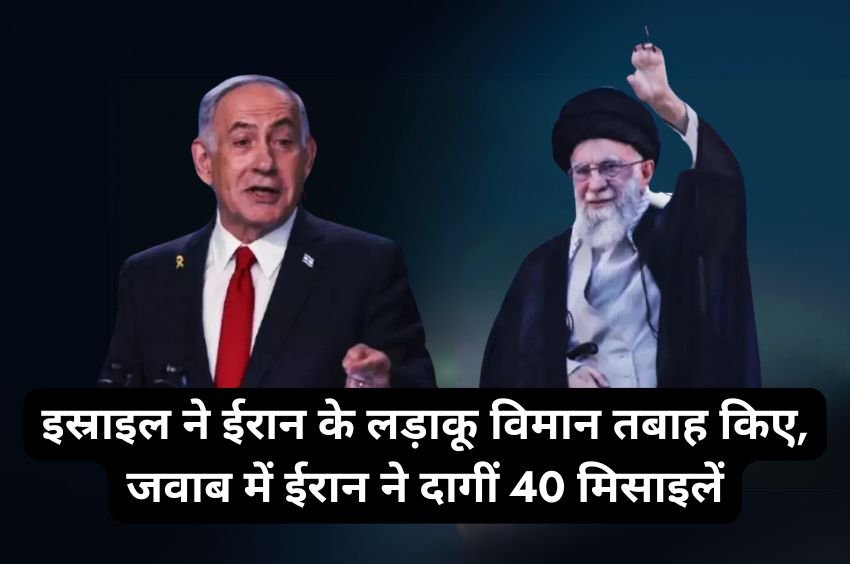Introduction to China’s Rare Earth Export Curbs
When the US put tariffs on China in April, China’s economy took a big hit. As a response, China limited the export of rare earth magnets by making it more difficult to get export licenses. It can take months to have these licenses granted, and they are only good for six months. China has more than 60% of the world’s rare earth reserves and 90% of the processing capacity. These export restrictions could mess up the global supply chain.
India’s Dependence on Rare Earth Elements
India needs to buy rare earth magnets from other countries because they are very important in many fields. Rare earth magnets are utilized in a wide range of things, including electric vehicles (EVs), regular cars, smartphones, semiconductors, and missile technologies. Electric cars are the biggest users of rare earth elements among these. The demand for rare earth magnets has virtually doubled in the past year because India is trying to use more clean energy.
India’s Strategy to Address Rare Earth Shortage
What the government is doing when the global supply chain is having problems
The Indian government is doing something about the lack of rare earth elements that China is causing by limiting exports. The administration is talking to China about speeding up the procedure for getting export licenses. India has also gotten rid of import taxes on important minerals to get ready for any price hikes in the market. India’s IREL, which makes rare earths, has also been told to put domestic needs first.
India’s Rare Earth Resources: Potential and Challenges
India has about 7 million tonnes of rare earth rocks, which is the third most of any country in the world. It’s not easy to get these minerals out of rocks, though. China has been in the business for a long time and has found very effective ways to keep prices low. India needs to do more study, buy more specialized equipment, and think about how increasing output in the rare earth sector will affect the environment before it can go ahead with it.
Government Initiatives for Rare Earth Production
Viability Gap Funding and Policy Support
The Indian government is thinking about viability gap funding (VGF) to help the rare earth sector thrive. This program would pay for up to 40% of the expenses of rare earth projects that are done through public-private partnerships. The government is also speeding up the sale of vital minerals at auction, and private enterprises can now extract beach sand. The government has set aside Rs 1,500 crore to encourage the recycling of important minerals.
India’s Long-Term Strategic Goals for Rare Earth Processing
India wants to someday be in charge of 10% of the world’s rare earth processing capacity. India could use its large quantities of rare earth elements to give the country an edge in the global market. This is possible thanks to the government’s policies and incentives.
Investment Opportunities in India’s Rare Earth Industry
Why Investors Should Pay Attention to India’s Rare Earth Sector
The Indian government’s attempt to make rare earth production more common is a great chance for investors to make money. China is a big part of the global supply chain for rare earths, therefore India’s developing capabilities could make it a good alternative source. The demand for rare earth elements will rise as India continues to strive for renewable energy and electric cars. This will create a lot of export opportunities.
The current state of investment in India
At the moment, IREL is the only company in India that makes rare earth minerals. But it is still not listed, doesn’t have steady leadership, and hasn’t been very successful in business. NMDC, Coal India, Hindustan Zinc, Vedanta, and MOIL are some of the most important firms looking into the rare earth industry. The Indian government has sold off strategic mineral blocks, but development is still slow. It could take these corporations ten years to start producing rare earths on a significant scale.
Challenges in India’s Rare Earth Sector: What’s Holding Back Growth?
Concerns about commercial viability and execution
A big worry is whether or not India can make rare earths in a way that makes money. Even if the government is trying to help, real progress is still slow. Finding, mining, and setting up processing factories for rare earth minerals might take companies at least ten years. India might not be able to join the global rare earth supply chain straight soon because it doesn’t have the required technology and facilities to process these minerals at home.
The Slow Speed of Execution
India has a lot of rare earth minerals, but to fulfill the country’s expanding needs, production will need to be increased, which would take a lot of money, research, and new technology. The government’s incentives and auctions for rare earth minerals are just the beginning. There hasn’t been much progress on the ground yet, and the country’s goals are much bigger than what has been done so far.
The Future of India’s Rare Earth Industry: Long-Term Prospects
The Long-Term Future of India’s Rare Earth Industry
The rare earth industry in India has a lot of long-term promise, especially with the government’s active support and the fact that the world is moving toward renewable energy. India might become a big player in the world market if it can properly use its rare earth assets and build a processing business that lasts. In the next several years, there will be more demand for rare earths, especially in clean energy technology and electric cars.
The future of India’s rare earth industry as an investment
India’s rare earth business is still in its early phases of development, but it is a great potential for investors. The prices of equities in the industry right now don’t show how much they could increase in the long run. This makes it easier for investors to get in early and make money from the rare earth sector’s future growth.











